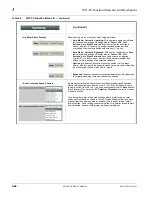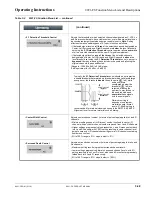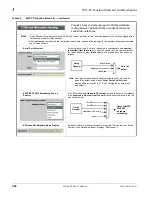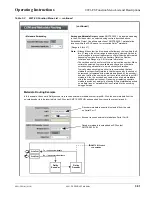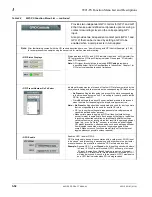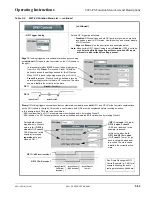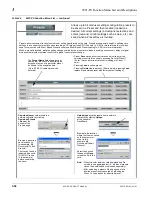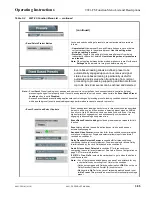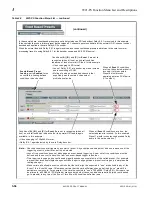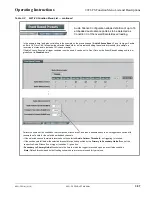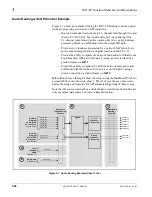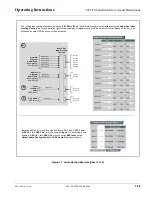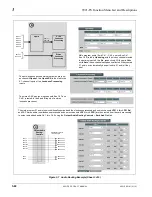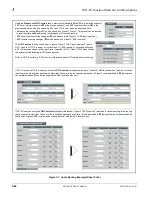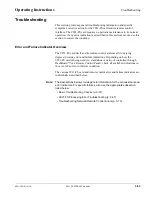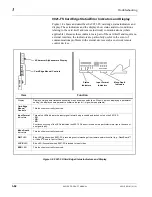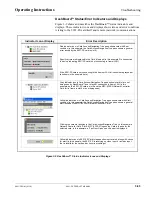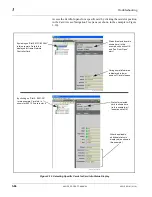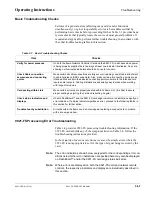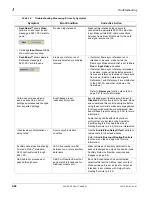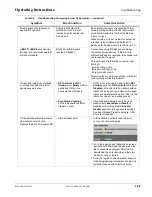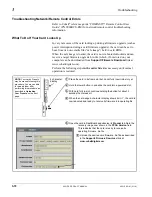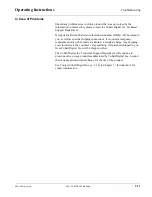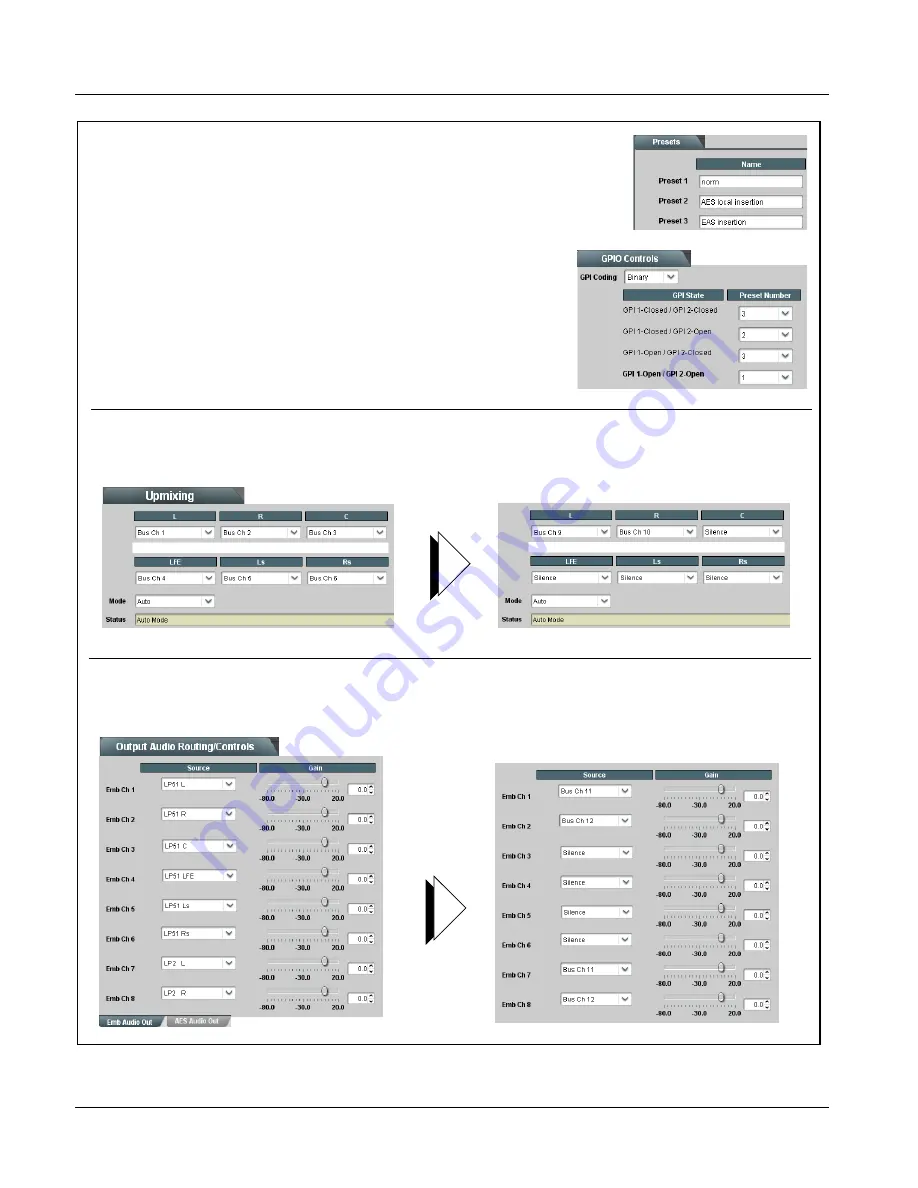
3
9921-FS Function Menu List and Descriptions
3-62
9921-FS PRODUCT MANUAL
9921-FS-OM (V1.18)
Figure 3-7 Audio Routing Example (Sheet 5 of 5)
Using the Presets and GPI Controls tabs, normal setup (shown in
A
thru
C
on the previous sheets),
AES Local Insertion (shown in
D
in the previous sheets), and EAS Insertion (shown in
E
in the
previous sheets) can be invoked using GPI 1 and GPI 2 card inputs as described here.
• Normal setup routing (
A
thru
C
) can be saved into Preset 1 (“norm”). This preset can be invoked
to recall normal embedded routing following any GPI-invoked routing.
• AES Local Insertion routing changes (
D
) can be saved into Preset 2 (“AES local insertion”).
• EAS Insertion routing changes (
E
) can be saved into Preset 3 (“EAS insertion”).
The GPI Controls tab can then be set to invoke Preset 2 (“AES local insertion”) upon a
GPI 1 closure (if GPI 2 is open), or invoke Preset 3 (“EAS insertion”) unconditionally upon
a GPI 2 closure as shown to the right. Preset 1 applied to GPI 1 Open / GPI 2 Open recalls
the normal routing following a GPI-invoked preset.
Refer to GPIO Controls (p. 3-52) for more information about GPI coding and rules setting.
If GPI 1 closes and GPI 2 is open (as set by the GPI Controls settings shown above), Preset 2 (“AES local insertion”) would be invoked
resulting in the routing changes shown below right. These are the routing changes saved to Preset 2 (and described in
D
) that replace
the normal embedded channel routing with the AES local insertion pair.
If GPI 2 closes (as set by the GPI Controls settings shown above), Preset 3 (“EAS insertion”) would be invoked resulting in the routing
changes shown below right. These are the routing changes saved to Preset 3 (and described in
E
) that replace the normal embedded
channel routing (and AES local insertion routing if active) with the EAS insertion pair.

